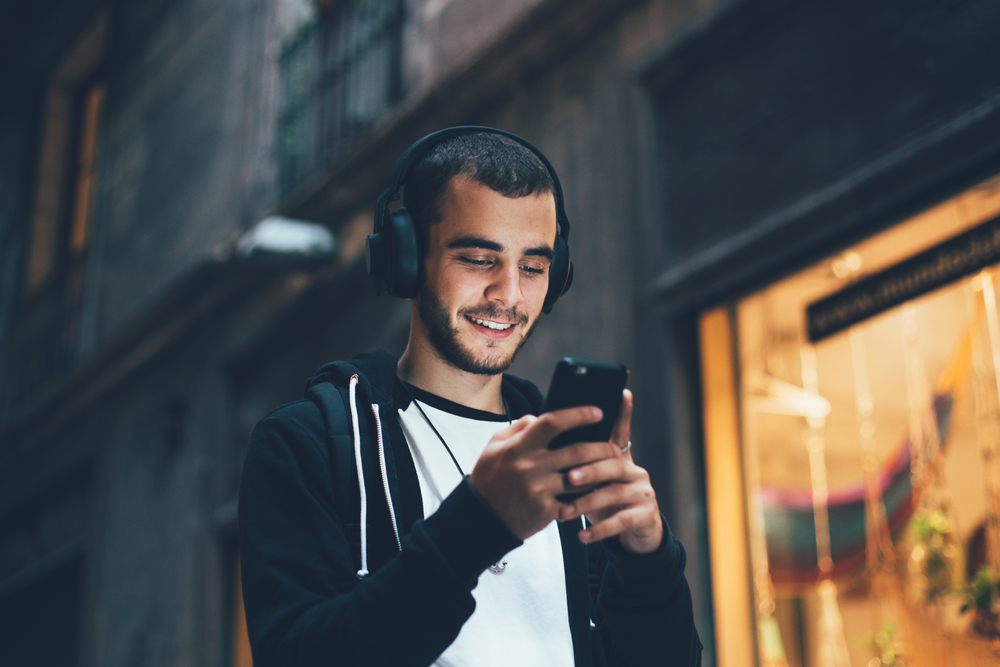James is a music enthusiast who has mastered the art of incorporating his favorite music into his day-to-day life, easily transitioning from Spotify at his desk to Pandora during his runs, and meticulously crafting playlists to beautifully enhance every activity, whether he’s working out, whipping up a meal, or immersed in a gaming session. His headphones are his constant partners, converting his life into a fully soundtracked experience. However, while James gets solace and joy in the immersive world of music, the very thing he loves could be silently weakening his priceless sense of hearing.
There are safe ways to enjoy music and ways that are more risky to your hearing health. Unfortunately, a, any us lean towards the second approach.
How does lengthy periods of music exposure lead to hearing loss?
Prolonged exposure to loud sounds can result in a decline in your auditory function. Hearing loss is commonly connected to growing older, but the latest studies suggest that it is primarily caused by damage from exposure to loud sounds instead of being a normal part of getting older.
It also appears that younger ears are particularly vulnerable to noise-related damage (they’re still forming, after all). However, teenagers tend to ignore the potential risks of excessive noise over time. So there’s an epidemic of younger people with hearing loss, thanks, in part, to rampant high-volume headphone use.
Can one listen to music without any safety concerns?
Listening to music at full blast without any limits is the most hazardous strategy. But there is a safe(er) way to enjoy your music, and it normally involves turning the volume down. The general guidelines for safe volumes are:
- Adults should limit their device listening time to 40 hours or less and ensure the volume remains under 80 dB.
- If you’re younger than 18, 40 hours is still fine, just be sure to keep the sound at a safe level, 75 decibels or lower.
Breaking it down, you’re dealing with roughly 5 hours and 40 minutes of listening every day. That seems like a lot, but it can go by relatively quickly. Even still, most people have a fairly solid concept of keeping track of time– it’s something we’re taught to do effectively from a really young age.
The more challenging part is monitoring your volume. On the majority of smart devices, computers, and televisions, volume is not measured in decibels. Its value is determined utilizing a rather subjective or relative scale. Perhaps it’s 1-100. But maybe it’s 1-16. You may be unaware of the maximum volume capacity of your device or how near you are to reaching that limit.
Tips for efficiently keeping track of your music volume
To address this problem, a number of free noise monitoring apps are available for both iPhone and Android devices. These apps supply real-time insights into ambient noise levels, equipping users to adjust their music volume accordingly.
That’s why most hearing specialists recommend the use of one of many free noise tracking apps. These apps– extensively available for both iPhone and Android devices– will give you real-time readouts on the noises surrounding you. That way, you can monitor the dB level of your music in real time and make adjustments.
A volume comparison: garbage disposals and more
For instance, a volume level of 80 decibels is comparable to the sound produced by a common garbage disposal or dishwasher – you can hear them, but they won’t blow your ears out. Recognizing this volume level is important because it marks the point at which hearing loss becomes a real and tangible worry.
So, being extra vigilant when surpassing this decibel limit is important. Think about reducing exposure to excessively loud music by enjoying select tracks at maximum volume instead of indulging in entire albums.
Prolonged exposure to loud sounds can result in hearing problems, including ringing in the ears, or tinnitus, and potentially permanent damage to one’s hearing. By being aware of when our ears are at risk, we enable ourselves to make informed decisions in order to encourage safer listening habits.
Schedule a hearing test
To further prioritize your auditory health, consider reaching out to a hearing specialist to set up a comprehensive hearing exam. Practical steps like regular assessments can identify any potential issues early on, enabling timely interventions and personalized recommendations to protect your vital sense of hearing.

